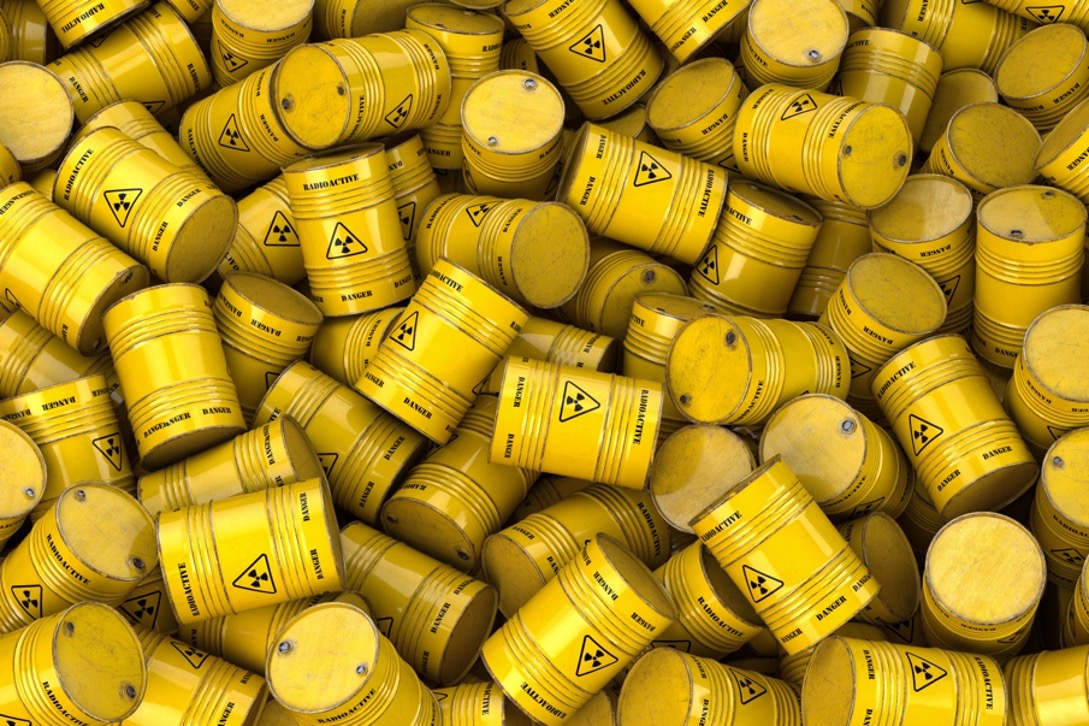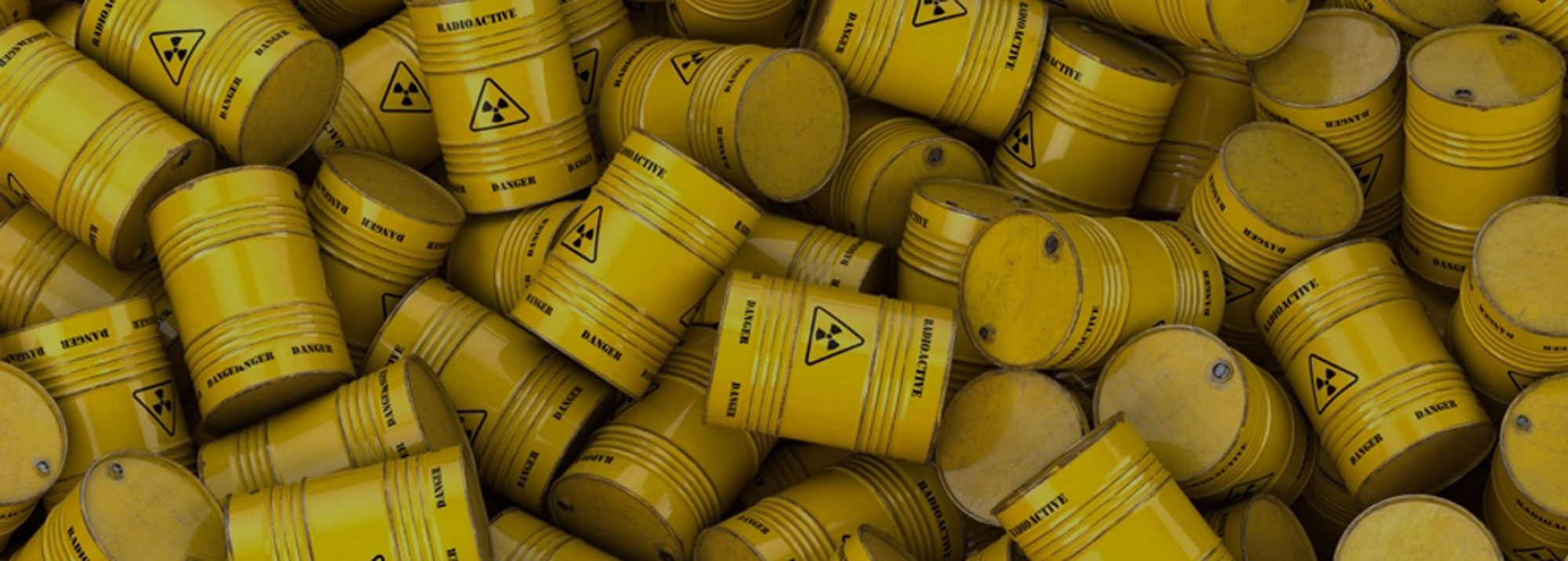1. Definition of the terms Nuclear Contaminated Water and Nuclear Wastewater
The terms “Nuclear Contaminated Water” and “Nuclear Wastewater” share a connection, yet they represent distinct ideas. Both denote wastewater that contains radioactive substances, albeit with differing contexts of use.

– Nuclear Contaminated Water:
This term refers to water sources that have been tainted or polluted by the presence of radioactive substances. It could include groundwater, surface water, or even drinking water sources that have become contaminated due to the leaching or release of radioactive materials from nuclear facilities, accidents, or other sources. The contamination might result from the infiltration of radioactive elements into the water supply, which can pose risks to both the environment and human health.
– Nuclear Wastewater:
This term is more comprehensive and covers a broader range of wastewater generated in the context of nuclear energy production, usage, and treatment. It not only includes water contaminated by radioactive materials but also encompasses any wastewater produced in nuclear-related processes, such as the cooling water from nuclear power plants, wastewater from the storage and processing of radioactive materials, and even wastewater generated by nuclear medicine institutions. This wastewater might contain radioactive elements as well as other chemical pollutants and heavy metals associated with nuclear activities.
2. Compromised Ocean Water Quality and Its Implications
The ramifications of compromised ocean water quality can extend significantly. Inadequate management of nuclear wastewater holds the potential to inflict severe repercussions upon marine ecosystems. The release of radioactive substances into the marine environment holds the capacity to disrupt the intricate web of marine life, imperil the equilibrium of marine ecology, and inflict harm upon fisheries and aquatic resources. The damage thus induced could last over prolonged durations.

3. Compromised Freshwater Quality and Its Implications
The influence of nuclear contaminated water extends to freshwater resources via pathways encompassing groundwater, rivers, and lakes. This presents an imminent risk to our water supplies and their utilization for human needs, given the potential for radioactive materials to infiltrate sources designated for drinking water.
4. What will Nuclear Contaminated Water do to fresh water
Freshwater pollution holds profound implications for the availability and cleanliness of these indispensable resources, jeopardizing not only human well-being but also agricultural productivity. The inclusion of radioactive elements within nuclear-contaminated water compounds these concerns, potentially leading to water contamination that endangers both the delicate ecological equilibrium and the safety of water sources intended for human consumption.

5. Prioritizing Environmental Safeguarding and Drinking Water Well-being
A symbiotic relationship exists between environmental preservation and the vitality of drinking water. Safeguarding our surroundings equates to securing the integrity of our drinking water sources, an endeavor intricately linked to human health and the overall quality of life.
- Water Preservation: Environmental conservation entails safeguarding precious natural resources, with a specific focus on water. Clean, safe water stands as a cornerstone for wholesome drinking water, yet challenges like pollution and waste cast shadows over our water reservoirs.
- Ecological Equilibrium: Environmental preservation serves as a safeguard for upholding ecological harmony and biodiversity. This plays a pivotal role in sustaining ecosystem health, the equilibrium of food chains, and the steadiness of climatic conditions.
- Health and Well-being: The adverse impacts of pollution and environmental degradation affect directly human well-being and the fabric of life quality. Pollution of the air, water, and soil emerges as a catalyst for diverse health issues, ranging from respiratory disorders to waterborne gastrointestinal infections and beyond.
Vigorously prioritizing environmental conservation and the well-being of our drinking water isn’t solely an individual obligation, but also a commitment to the generations that follow. By virtue of collective efforts, we can collaboratively forge a future that is cleaner and characterized by sustainable practices.
Introducing Life Solutions RO Water Purification Equipment

Life Solutions presents cutting-edge water purification equipment employing high-quality RO membranes and multi-layered filters. With a filtration accuracy of 0.0001 microns, these systems effectively eliminate bacteria, viruses, heavy metals, volatile organic compounds, and other harmful substances. Moreover, they retain essential minerals like potassium, sodium, calcium, and magnesium, ensuring the provision of healthy drinking water.

Rest assured that all Life Solutions filtration products have obtained CCC (3C) certification, surpassing the CJ94-2005 China drinking water purification industry standard. Our Billi Quadra, Quadra Plus, and Eco models have also earned the Global Green Tag gold energy efficiency certification. The Global Green Tag is an internationally recognized and trustworthy eco-label. Furthermore, our RO membrane products have achieved NSF certification, an independent verification agency ensuring the safety and quality of bottled water and other products.
Choose Life Solutions Water Purification Equipment
Empower yourself with the ability to safeguard every drop of water that enters your life from heavy metal troubles. Our water purification systems provide robust protection, ensuring the delivery of healthy drinking water to users.
Let Life Solutions be your trusted partner in securing a healthier future!
Image source:envatoelements.



